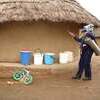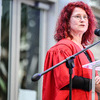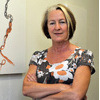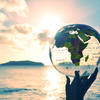Data accountability and transparency crucial to SA’s water journey
22 March 2022 | Story Lisel Krige. Photo Abu Shawka, Wikimedia. Read time 3 min.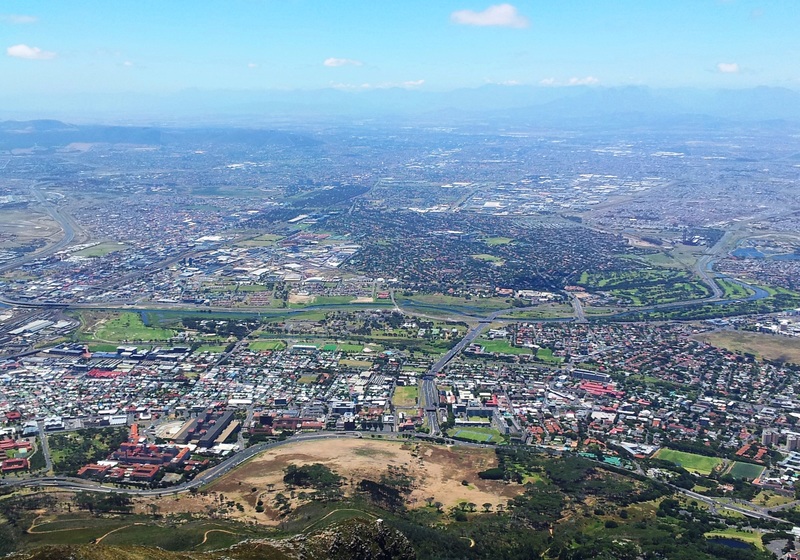
On World Water Day 2022, the sobering truth is that the chances of South Africa achieving the United Nations Sustainable Development Goal (SDG) 6, ‘Clean Water and Sanitation’, by 2030 are slim and the prospects look bleak.
It will most likely be missed because we are not collecting relevant data to track our progress, says Dr Kevin Winter of the University of Cape Town’s (UCT) Future Water Institute.
Winter, a senior lecturer in UCT’s Department of Environmental and Geographical Science, advocates for civil society in the fields of urban water management, water quality monitoring and sustainable urban drainage. He is also a member of the Water Resilience Advisory Committee, advisors to the City of Cape Town’s Water Resilience Task Team, which was set up in response to the city’s water crisis of 2016 to 2018.
“You can’t manage what you can’t measure, and we should be constantly learning from the data and finding ways to respond.”
“The goal of achieving SDG6 should be far more prominent for South Africa,” says Winter. “Doing so may go a long way to supporting equitable access to water and sanitation, mitigating climate change and improving ecological services that have multiple benefits for societies and ecosystems.”
Emphasising the crucial role of data, he states, “You can’t manage what you can’t measure, and we should be constantly learning from the data and finding ways to respond.”
Thus, since 2014, Winter and his team have used the Internet of Things (IoT) technology to capture data to help us understand and monitor changes occurring across South Africa's water bodies.
“We are using IoT mainly to monitor and measure water quality and water flow in rivers,” he confirms, pointing to studies conducted on the Liesbeek River as an example. Here, water sensors have been used to measure changes in water quality and flow, detecting the pH of water, temperature, dissolved oxygen and electrical conductivity. These measurements give an indication of how contamination varies with the change in volume and flow, explains Winter.
“In addition, the sensors measure the level of the water by using ultrasonic sound to bounce the signal off the surface of the water. The width, height and velocity is used to calculate the total volume of water in the river and how this varies over time.”
Data is logged and transmitted over the internet so that it is available in near-real-time.
Chief among IoT’s advantages is generating data that can provide a large, fine-scale dataset which, in turn, can reveal how water quality and volume of water vary over time.
“Access to data is important for supporting decisions, interventions and building public knowledge and trust. The struggle to get access to government data, including long delays and cost of access in some cases, is one of the signs that, in general, the South Africa government is a long way off from embracing the 4th Industrial Revolution.”
While Winter concedes that IoT has its limitations, it is but one of many approaches that could accelerate improved access to data, pointing to citizen science as another approach that governments will need to accept as a legitimate form of partnership in data collection and as a value-added approach.
Listen to Dr Kevin Winter discuss ‘Water in the information age’, a podcast hosted by Daily Maverick - Episode 21 here.
 This work is licensed under a Creative Commons Attribution-NoDerivatives 4.0 International License.
This work is licensed under a Creative Commons Attribution-NoDerivatives 4.0 International License.
Please view the republishing articles page for more information.
Research & innovation
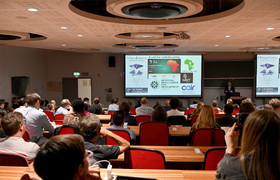
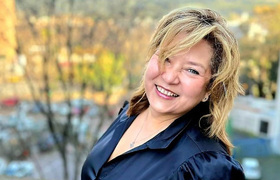
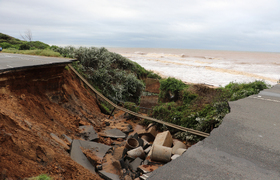
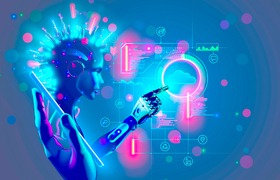
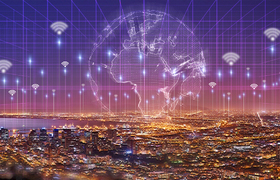
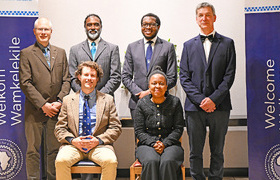
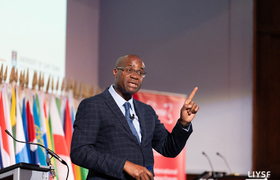





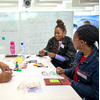
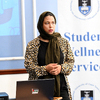


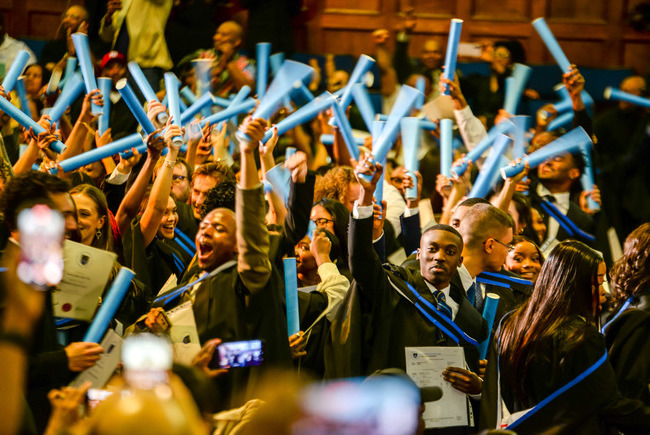
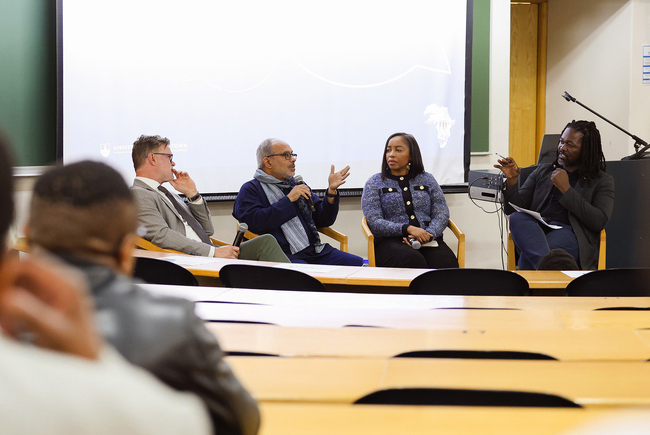
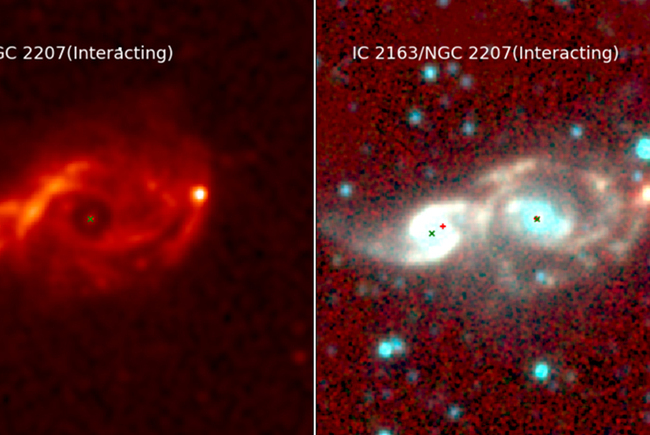
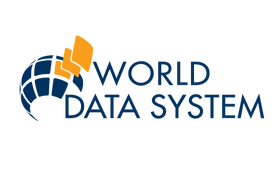

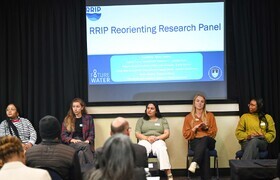



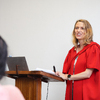



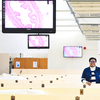
.jpg)

